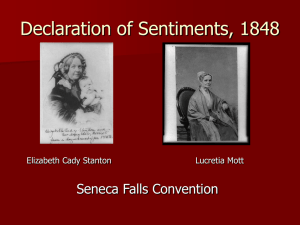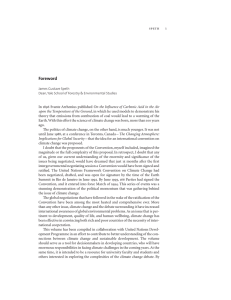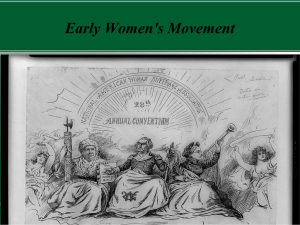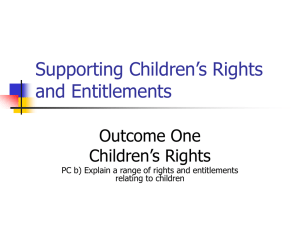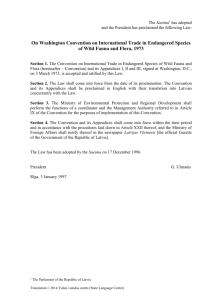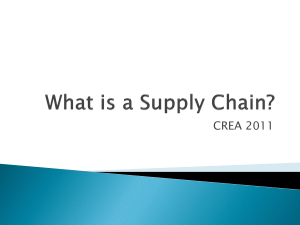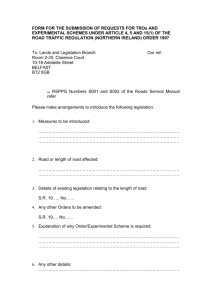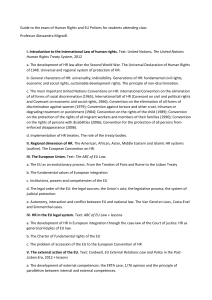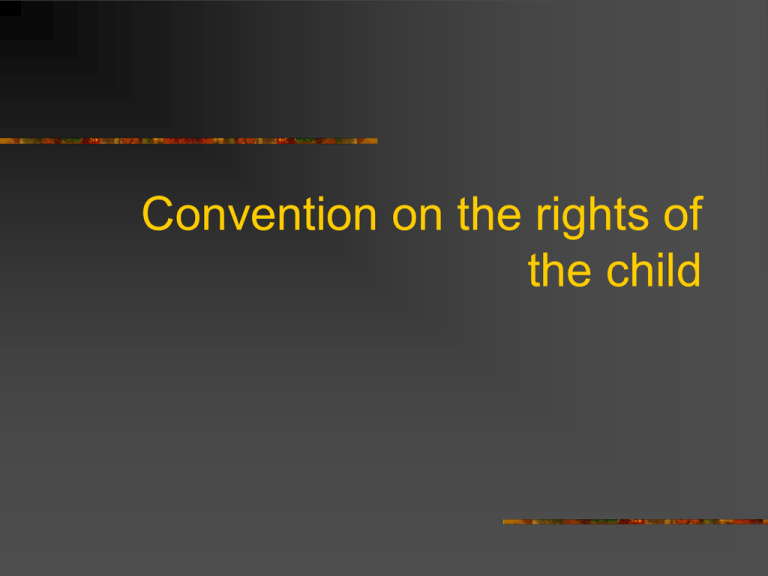
Convention on the rights of
the child
Child - definition
Artical 1.
Child is every " human being below the age
of 18 years unless under
the law applicable to the child, majority is
attained earlier"
Rights
are legal, social, or
ethical principals of freedom or entitlement;
rights are the fundamental normativ rules about what is
allowed of people or owed to people, according to some
legal system, social convention, or ethical theory.
? Objective rights/ personal rights
Provision/ entitlements, freedom
Human/real/obligation
Human rights of children
Of every child (…the child)
Human rights
Human rights are rights inherent to all
human beings, whatever our nationality,
place of residence, sex, national or ethnic
origin, colour, religion, language, or any
other status. These rights are all
interrelated, interdependent and
indivisible.
Convention
Treaty, an agreement in international law
Declaration - legal relations of the parties
which does not provide for or order
enforcement.
Development of the idea of child
rights
Roman law -pater familias right of life and death
By the Middle Ages - the lack of public awareness
of children as a social group - the children do not exist as
a distinct social group, not exist in law or exist as
a property / ownership of father
18th century - "children are the future of society,
as decision-makers“, children as investment
20th century - protect/save the children - children
become social categories that should be
protected / no participation
End of the 20th century is the right holder not the object
of protection
Codification of child rights - from declaration to
Convention
The end of The First world war
Save the children - 1919
Declaration on the rights of the child - 1959
Working group for the preparation of the Convention
Convention – 1989
The first Optional Protocol on sale of children and child
prostitution and pornografy - 2000
The second Optional Protocol – children in arm conflicts
- 2000
The third optional Protocol – individual complains
procedure - 2012
Convention – basic information
The international instrument that is ratified in
191 state, signed in one and not signed in one
(USA, Somalia)
It covers all group of human rights (political,
social,kultural, individuals and group rights,
family life rights)
It strenghtens responsibility of state even more.
It introduces child as a right holder
New rights – participation
What is not covered
Corporal punishment
Medical and other researches and
experiments with children
Detailed protection in situation of savior
child rights violation
Euthanasia, abortion (beginning of life)
Structure
Preambul and 54 Articals.
1-41 Catalog of rights of the child and state’s
responsibility.
42-45 Monitoring procedure – Committee on
the right of the child/ supervisory body.
46-54 Ratification procedure, and other
technical provision on enforcing and
changes etc.

